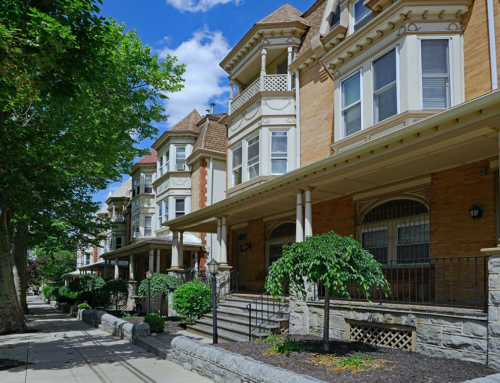What Homeowners Need to Know About Tariffs Before Starting a Renovation Project

When we plan a home renovation, most of us think about choosing colors, selecting finishes, and visualizing the perfect new space. What we might not immediately consider, however, are the economic and political factors that influence the actual cost and timeline of our project. One such factor—often overlooked until it hits the budget—is tariffs.
Tariffs are government-imposed duties on imported goods, and they can directly impact the price of materials like lumber, steel, aluminum, tile, and even fixtures. Before diving into your next renovation, it’s essential to understand how tariffs may affect costs, sourcing, and planning. Let’s take a closer look at what homeowners need to know to make informed decisions.
How Tariffs Increase Material Costs
Tariffs can significantly increase the cost of renovation materials. When tariffs are placed on goods imported from countries like China, Canada, or the EU, those added costs typically trickle down the supply chain until they reach us, the homeowners.
Let’s say we’re remodeling a kitchen and ordering cabinets manufactured overseas or using imported quartz countertops. If those materials are subject to tariffs, their cost will increase, and that rise will be reflected in the final project estimate. Even domestically manufactured products may see price hikes, since they often use components or raw materials sourced globally.
This means that what may have cost $30,000 in renovations a year ago could now cost substantially more—just due to tariffs. That’s why it’s important to factor in this variable when budgeting and allow a buffer for unexpected material price changes.
Tariffs Can Affect Availability and Sourcing
Tariffs don’t just raise prices—they can also limit product availability. When certain goods become too expensive to import, suppliers may stop carrying them altogether. This puts pressure on the supply chain and reduces our choices.
For instance, if a specific tile or light fixture we loved becomes tariffed and suppliers stop importing it, we’ll need to pivot quickly to find an alternative. That change can affect our design, our budget, and even the project timeline if materials need to be reordered or reapproved.
As experienced renovation professionals, we’ve seen firsthand how tariffs affect construction decisions. We’ve had to develop more flexible sourcing strategies, research alternative domestic products, and keep open lines of communication with clients to ensure the design still reflects their vision—even when availability shifts mid-project.
Renovation Timelines May Be Delayed
When supply chains are disrupted due to tariffs, materials don’t just get more expensive—they may also take longer to arrive. We’ve all become more familiar with supply delays in recent years, but tariffs can add a new layer of unpredictability.
In some cases, items are held up in customs due to new tariff classifications. In others, suppliers must scramble to replace discontinued product lines or locate alternative vendors. All of this affects lead times.
For homeowners, this means renovation projects may need to be scheduled farther in advance, or timelines may stretch longer than expected. If your project is tied to a special event or seasonal deadline, it’s especially important to start planning early and build in some scheduling flexibility.
How to Navigate Renovations During Tariff Uncertainty
Tariffs are a moving target—subject to global politics, trade negotiations, and economic policy shifts. Since we can’t control the timing or terms of these policies, the best thing we can do is prepare smartly.
Here are a few steps we take to help homeowners minimize surprises:
- Build a buffer into the budget to accommodate potential material price increases.
- Plan early, allowing extra time for sourcing and delivery.
- Remain flexible about material selections, with backup options in mind.
- Work with an experienced team that understands the market and keeps up with tariff trends.
When we help clients through renovations, we make it a point to talk through economic factors like tariffs. Transparency is key, and so is collaboration. By working together, we can still achieve beautiful, functional results—even in a shifting market.
Frequently Asked Questions About Home Renovations
How much should I budget for material cost increases due to tariffs?
We recommend building a contingency fund of 10–20% above your initial material budget to account for potential increases due to tariffs or other market fluctuations. Your renovation team can help you refine this estimate based on current supply trends and your specific material choices.
Can I avoid tariff-related delays by choosing domestic materials?
Choosing domestically produced materials can help reduce the risk of tariffs and shipping delays, but it doesn’t eliminate them entirely. Many domestic products still rely on imported components or raw materials that may be affected by tariffs. That said, we always explore high-quality domestic options when planning a project to improve reliability and control costs.
At Myers Constructs, we help homeowners navigate every aspect of the renovation process—from design to construction—while anticipating market conditions like tariffs. We’re proud to provide creative, budget-conscious solutions that respect your vision and timeline. Contact us today to get started on your renovation journey.

